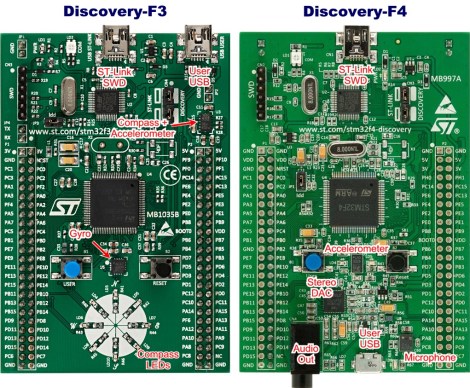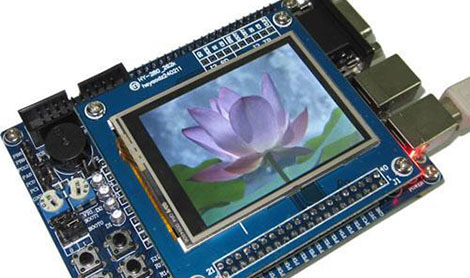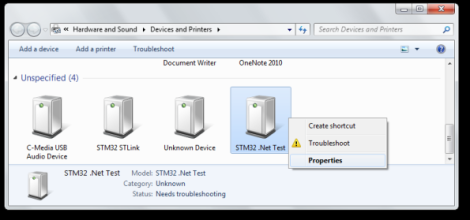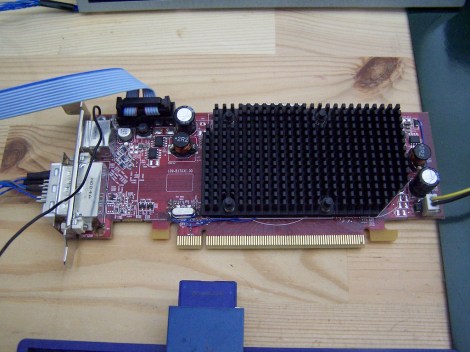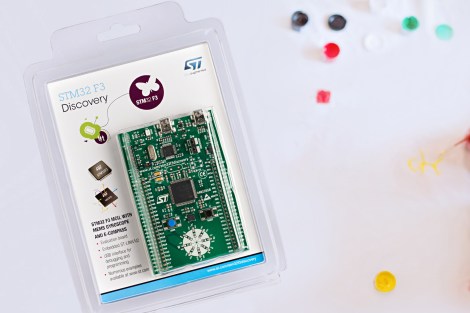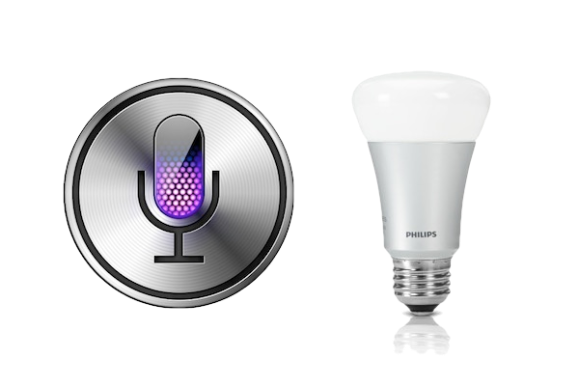
After getting his hands on the Philips Hue smart lightbulb [Brandon Evans] cracked open some of the hardware to see what is inside. He also spent time working out the software tricks necessary to use Siri to control light bulbs from iOS.
If you haven’t heard of the Hue product before it’s an LED bulb that fits in a standard medium base whose color and intensity can be controlled wirelessly. Included in each unit is Zigbee compatible hardware that lets the bulbs form their own mesh network. [Brandon] didn’t crack open the bulb since these things cost a pretty penny and disassembly requires cutting. But he did point us to this post where [Michael Herf] shows what the bulb’s case is hiding. We do get to see the other piece of the puzzle as [Brandon] exposes the internals on the base unit that bridges the mesh network to your home network via Ethernet. An STM32 chip is responsible for controlling the base unit.
Aside from a look at the guts [Brandon] hacked Siri (Apple’s voice activated virtual assistant) to control the system. You can see a demonstration of that in the clip after the break. The details are found in the second half of his post which is linked at the top. The code is found in his siriproxy-hue repository.

